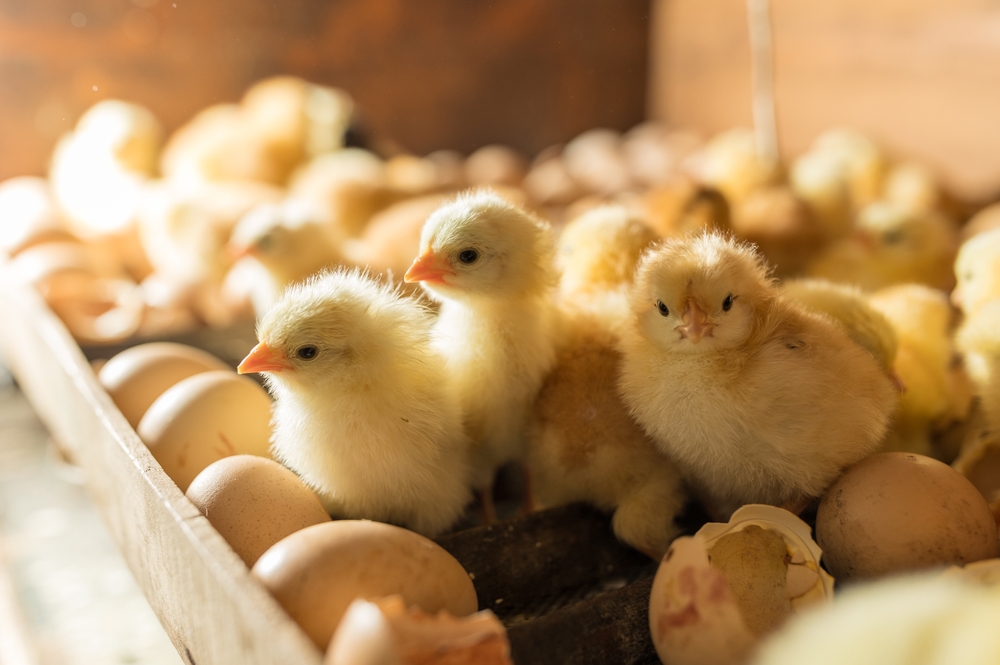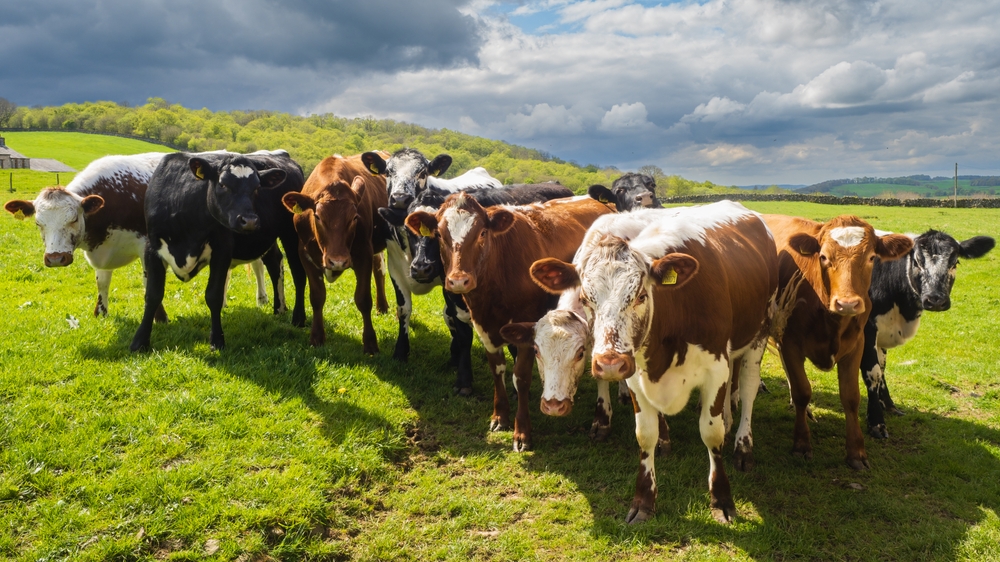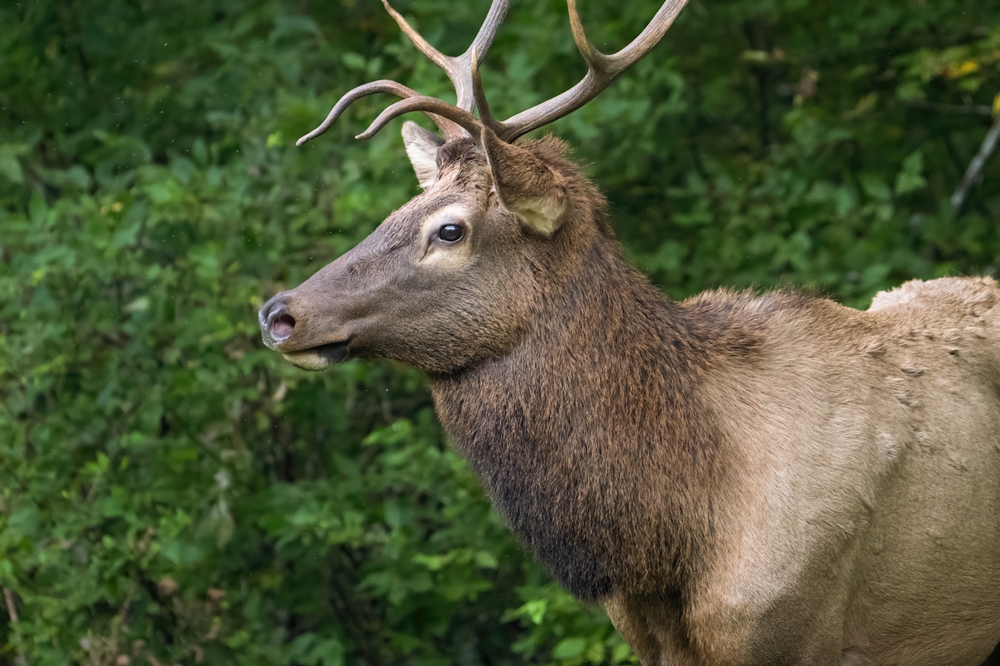Source: UConn Today Mary Anne Amalaradjou, an associate professor at the College of Agriculture, Health and Natural Resources, discovered that spraying eggs with probiotics enhances chick hatchability and health, improving both embryonic development and post-hatch growth. Published in Poultry Science, her method boosts hatch rates by about 5% without using antibiotics, countering antibiotic resistance. Her […]
read more
Editor
Recent Posts
Positioning your Veterinary Practice as a Community Leader
by Editor | Jul 12, 2024 | Animal Health Industry

Source: dvm 360 To become the go-to Veterinary clinic, exceptional patient care is vital but not sufficient. Building a respected practice involves several key elements. First, having a strong mission and culture is essential. A mission guides strategic decisions and creates organizational alignment, while culture influences behavior, hiring, training, and firing. At the Drake Center, […]
read moreVeterinary Scholarships that Enhance the Future of the Profession
by Editor | Jul 11, 2024 | Animal Health Industry

Source: dvm 360 Paw Prosper, a pet health company, has launched two scholarships to support veterinary students and professionals: the Paw Prosper Student of Veterinary Medicine Scholarship and the Paw Prosper Continuing Education Scholarship. These scholarships aim to provide financial assistance and motivation to individuals committed to animal health and welfare. CEO Ryan DeCaire emphasized […]
read moreSource: dvm 360 The rise in demand for telemedicine has led to the enactment of the Providing Equity in Telehealth Services (PETS) Act (House Bill 849) in Florida. Effective July 1, 2024, this bill authorizes veterinarians to practice telehealth, allowing for online Veterinary-client-patient relationships (VCPR), diagnoses, treatments, and prescriptions. Sponsored by Senator Jennifer Bradley and […]
read moreAVMA Delegates Approve Changes to Veterinary Medicine Ethics Policy
by Editor | Jul 9, 2024 | Animal Health Industry

Source: dvm 360 The American Veterinary Medical Association (AVMA) House of Delegates recently updated the Principles of Veterinary Medical Ethics (PVME) during the 2024 AVMA Convention in Austin, Texas. The revised PVME emphasizes three core principles: stewardship, integrity, and respect. These principles guide veterinarians to alleviate suffering, promote health, be honest, and demonstrate respect toward […]
read moreFrog saunas could help the amphibians cope with a deadly fungus
by Editor | Jul 9, 2024 | Animal Health News
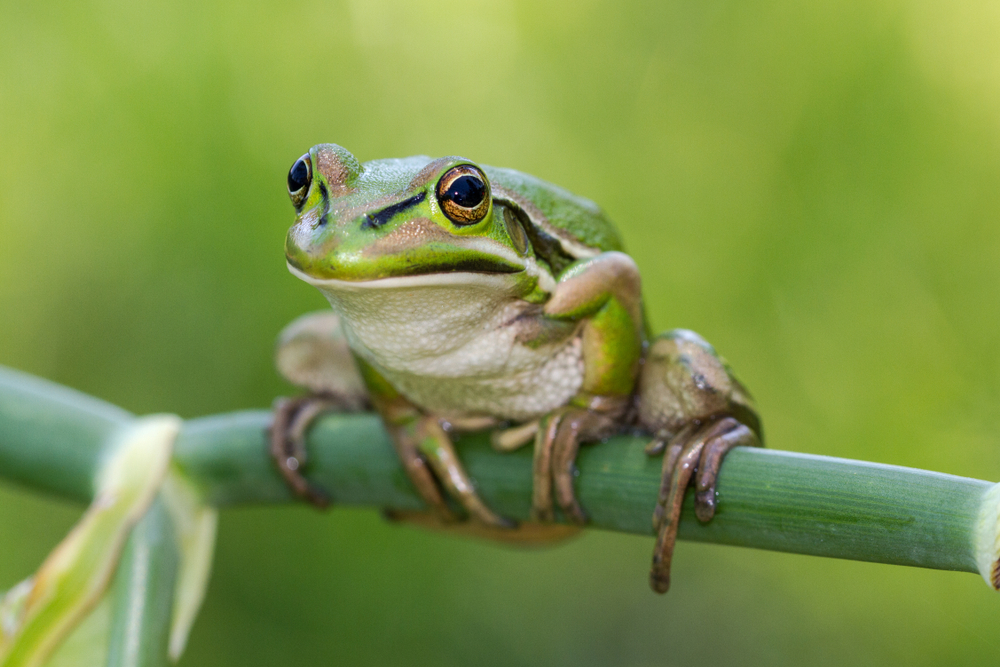
Source: Popular Science Once common in Sydney, the green and golden bell frog population has plummeted, disappearing from 90% of its range and now listed as endangered in New South Wales. Invasive species, habitat loss, and a deadly fungal disease called chytridiomycosis are major threats. Scientists, led by Anthony Waddle from Macquarie University, found that […]
read moreFDA Launches Initiative to Boost Animal Health Research
by Editor | Jul 8, 2024 | Animal Health News

Source: ChesCo The FDA has announced a new grant opportunity to establish Animal and Veterinary Innovation Centers in collaboration with academic research institutions. This initiative, part of the FDA’s commitment to advancing animal health and Veterinary science, will focus on combating Highly Pathogenic Avian Influenza (HPAI), developing genomic alterations for agricultural resilience and food security, […]
read moreGiant lizards could Keep Flesh-Eating Maggots off Australia’s sheep
by Editor | Jul 8, 2024 | Animal Health News
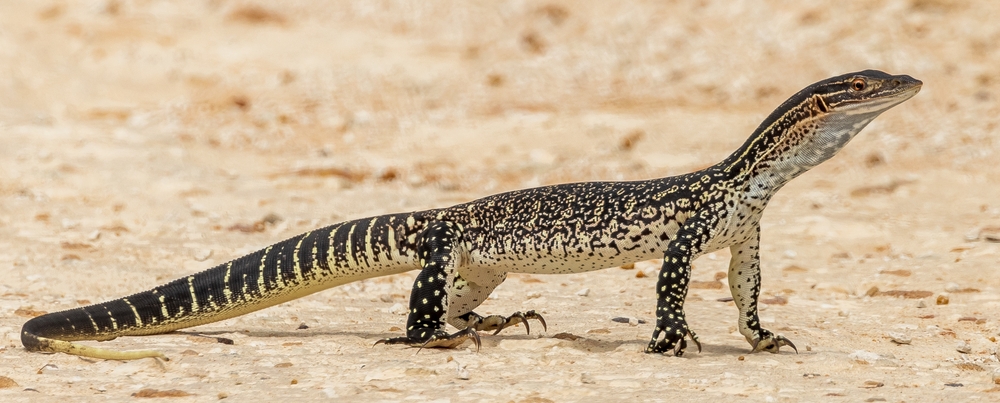
Source: Popular Science Sheep farmers in Australia could save millions annually thanks to the heath goanna, a giant lizard that scavenges maggot-ridden carcasses, reducing blowfly populations that harm sheep. Blowflies lay eggs on sheep, resulting in flesh-eating maggots that cause fly strike, a costly and deadly disease. A study published in Ecology and Evolution highlights […]
read moreNon-Tuberculous Mycobacteria: Occurrence in Skin Test Cattle Reactors from Official Tuberculosis-Free Herds
by Editor | Jul 7, 2024 | Animal Health Industry
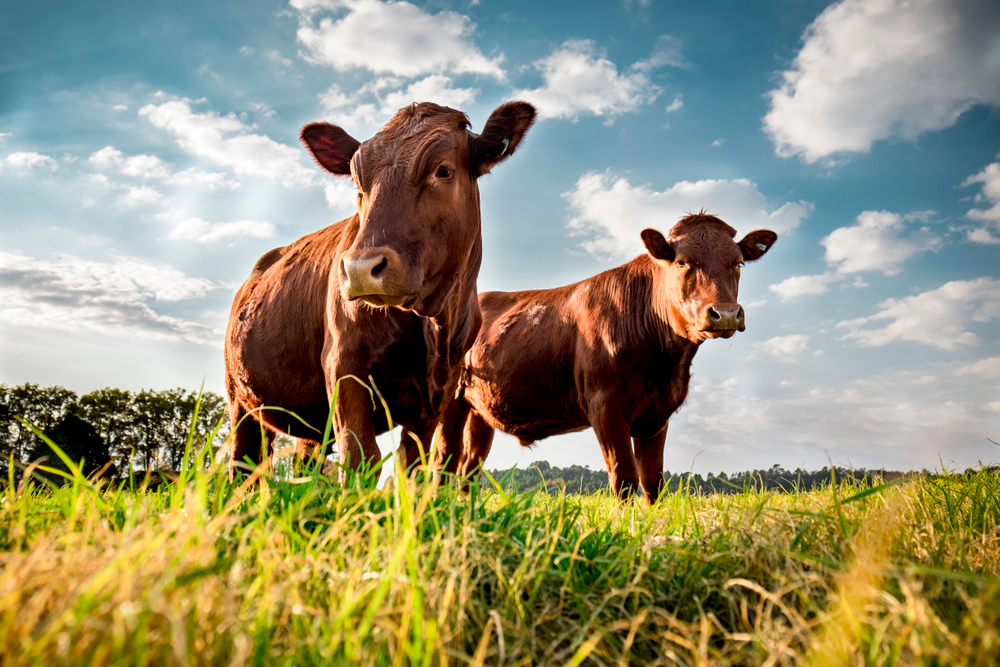
Source: Frontiers Non-tuberculous mycobacteria (NTM) can cause non-specific reactions to bovine tuberculosis (bTB) tests, complicating eradication efforts. In Spain, 373 NTM isolates from skin test-positive cattle in tuberculosis-free (OTF) herds were identified using PCR and Sanger sequencing. Of the 308 isolates reliably identified, 32 mycobacterial species were found. The most common were M. avium subsp. […]
read moreSource: dvm 360 Natural and manmade disasters can severely impact veterinary hospitals, patients, and clients. To ensure preparedness, Veterinary hospitals and shelters should develop and annually update a written emergency plan and standard operating procedures (SOPs) for disasters. Staff and volunteers must be familiar with these plans to manage crises effectively. Coordination with local authorities […]
read moreFirst Radioactive Rhino Horns To Curb Poaching In South Africa
by Editor | Jul 6, 2024 | Animal Health News

Source: Barron’s South African scientists have injected radioactive material into live rhino horns to deter poaching in a groundbreaking initiative. The project, led by James Larkin from the University of the Witwatersrand, aims to make the horns detectable at border posts and poisonous for human consumption. The procedure, performed at Limpopo rhino orphanage, involves placing […]
read moreRescued Bald Eagle is Huge, but Why isn’t its Head White?
by Editor | Jul 6, 2024 | Animal Health News
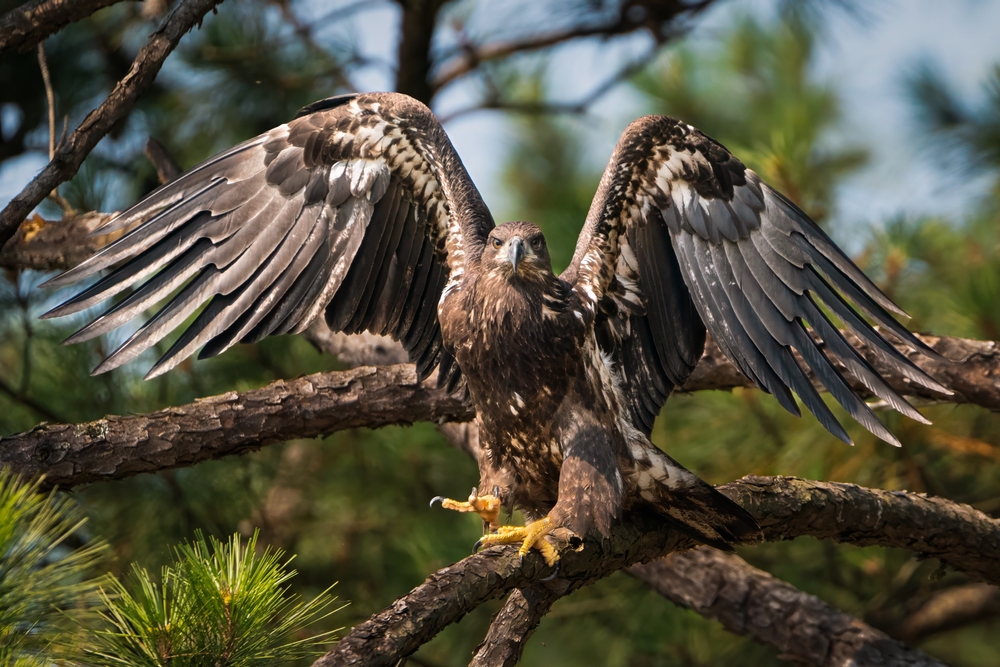
Source: USA Today A Tennessee Wildlife Resources Agency officer, Justin Pinkston, rescued a juvenile bald eagle with a fractured femur near Douglas Lake. The eagle, mistakenly identified as a golden eagle on social media due to its lack of a white head, is receiving treatment at the University of Tennessee College of Veterinary Medicine (UTCVM). […]
read moreSource: The Western Producer This year, two veterinarians reported unusual cases of diarrhea and death in cattle, both initially presenting with bloody diarrhea, weakness, fever, and rapid mortality. Diagnostic lab analysis revealed Yersinia pseudotuberculosis as the cause, ruling out other common causes like salmonella and bovine viral diarrhea virus. Yersinia pseudotuberculosis, part of the same […]
read moreSource: WTVM With rising summer temperatures, it’s crucial to ensure the safety of pets. In 2023, over 150 dogs nationwide died from heat-related causes. Northridge Veterinarian Heather Rodriguez advises that if humans find the heat uncomfortable, pets likely do too. She recommends providing cold water and a cool environment to prevent heat stroke, which occurs […]
read moreHeaded to the Fair? Test your Cows for Bird Flu First, says Iowa Ag Secretary
by Editor | Jul 4, 2024 | Animal Health News
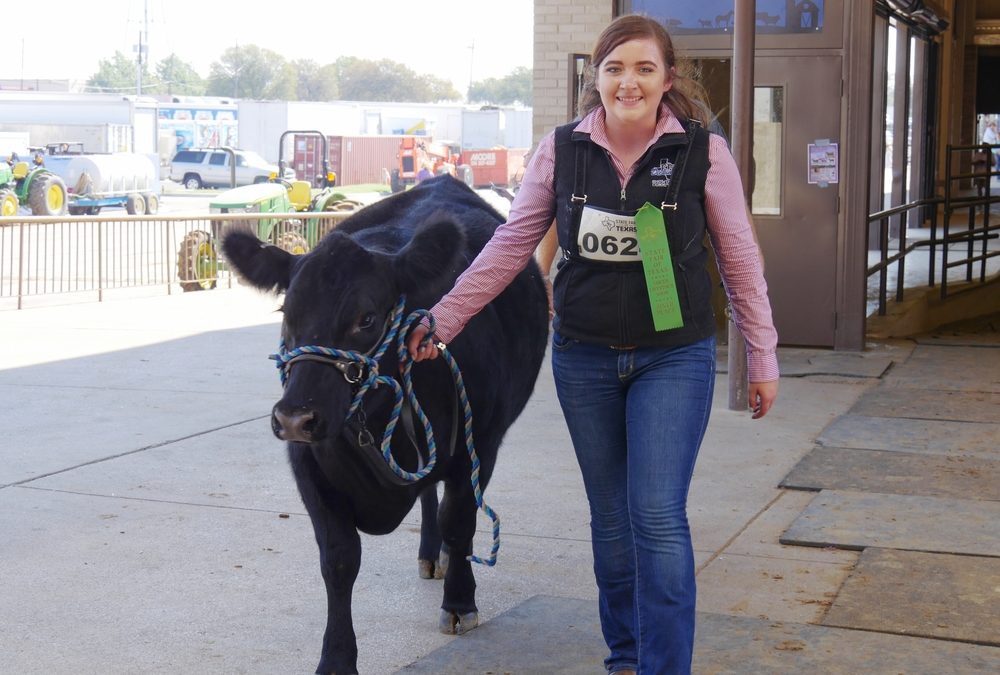
Source: Des Moines Registar Due to increasing bird flu outbreaks among Iowa dairy cattle, the Iowa Department of Agriculture will require cows to be tested for the virus at least a week before being transported to fairs or shows, effective July 1. Agriculture Secretary Mike Naig emphasized balancing exhibition opportunities with measures to protect livestock […]
read moreGoogle Street View Helps Scientists Track Stray Dogs in Peru
by Editor | Jul 4, 2024 | Animal Health News
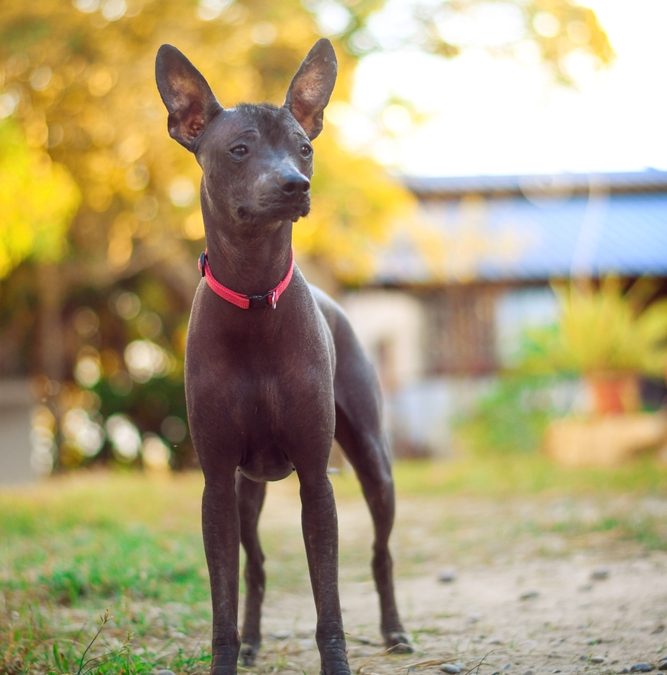
Source: Science.Org An estimated 59,000 people die from rabies annually, primarily from dog bites in rural low- and middle-income countries. Researchers have used Google Street View and citizen scientists to track stray dogs in Arequipa, Peru, where most of the country’s canine rabies cases occur. Accurate dog population counts are essential for effective rabies vaccination […]
read moreBillings veterinarian: There’s help for dogs with fireworks phobia
by Editor | Jul 3, 2024 | Animal Health News

Source: KTVQ As fireworks light up Billings, pet owners, like Mandi Smith, brace for their pets’ reactions. Smith’s 13-year-old dog, Scooter, suffers from a heart condition and becomes extremely stressed by fireworks, often hiding in dark, low places. Billings veterinarian Dr. Edie Best from Billings Animal Family Hospital warns that dogs’ fear of fireworks can […]
read moreSource: Wyoming News Mark Ditmer, a U.S. Forest Service research ecologist, conducted an experiment in the Bridger-Teton National Forest using a custom-made boombox to study wildlife responses to human recreation sounds. Published in “Current Biology,” the study found that animals are 4.7 times more likely to flee from human recreation sounds than natural noises, showing […]
read morePet Product Manufacturers Receive FDA Warning for Selling Illegal Drugs
by Editor | Jul 2, 2024 | Animal Health Industry

Source: Powder & Bulk Solids The US FDA issued Warning Letters to Toltrazuril Shop and Linessa Farms LLC on May 16, 2024, for selling Toltrazuril, an unapproved antiprotozoal drug used to treat coccidiosis and equine protozoal myeloencephalitis (EPM) in various animals. The FDA’s letters cited violations of the Federal Food, Drug, and Cosmetic Act (FD&C […]
read moreBringing Any Dog into US gets More Complex on Aug. 1
by Editor | Jul 2, 2024 | Animal Health Industry

Source: Vin News Starting August 1, the U.S. Centers for Disease Control and Prevention (CDC) will enforce strict new rules to reduce the risk of rabies entering the country with dogs from any international location. This regulation applies to all dogs, whether returning from trips, participating in events, or being imported for adoption. For dogs […]
read moreContributors
Archives
- November 2025
- October 2025
- September 2025
- August 2025
- July 2025
- June 2025
- May 2025
- April 2025
- March 2025
- February 2025
- January 2025
- December 2024
- November 2024
- October 2024
- September 2024
- August 2024
- July 2024
- June 2024
- May 2024
- April 2024
- March 2024
- February 2024
- January 2024
- December 2023
- November 2023
- October 2023
- September 2023
- August 2023

